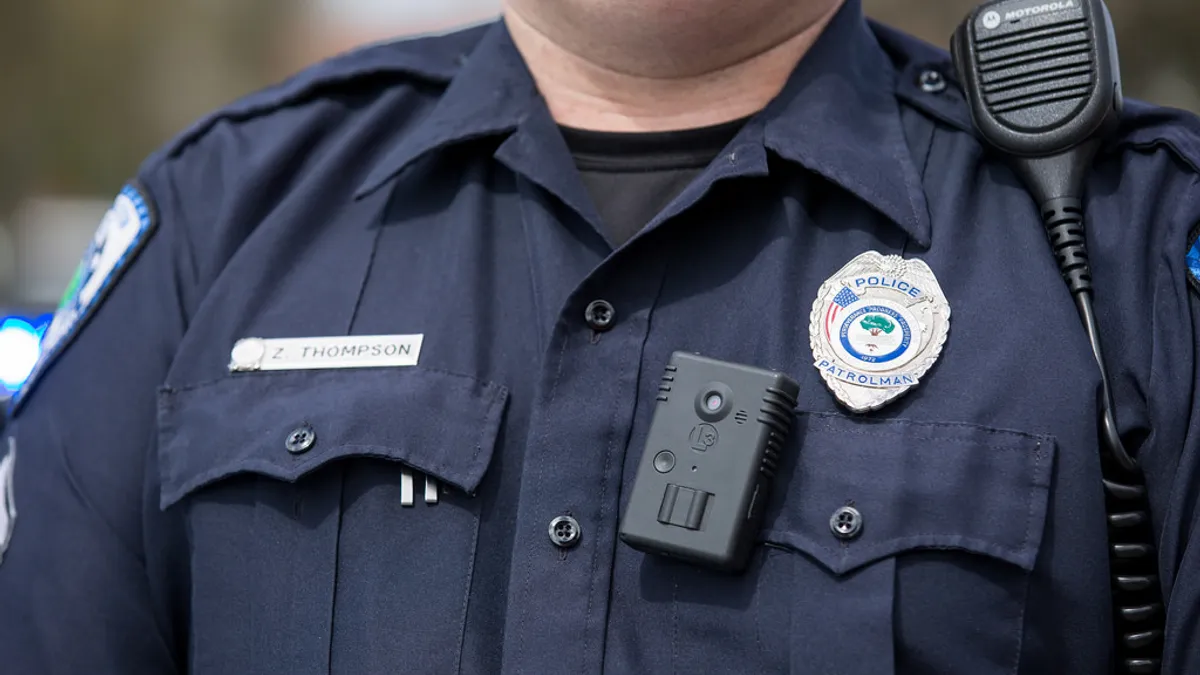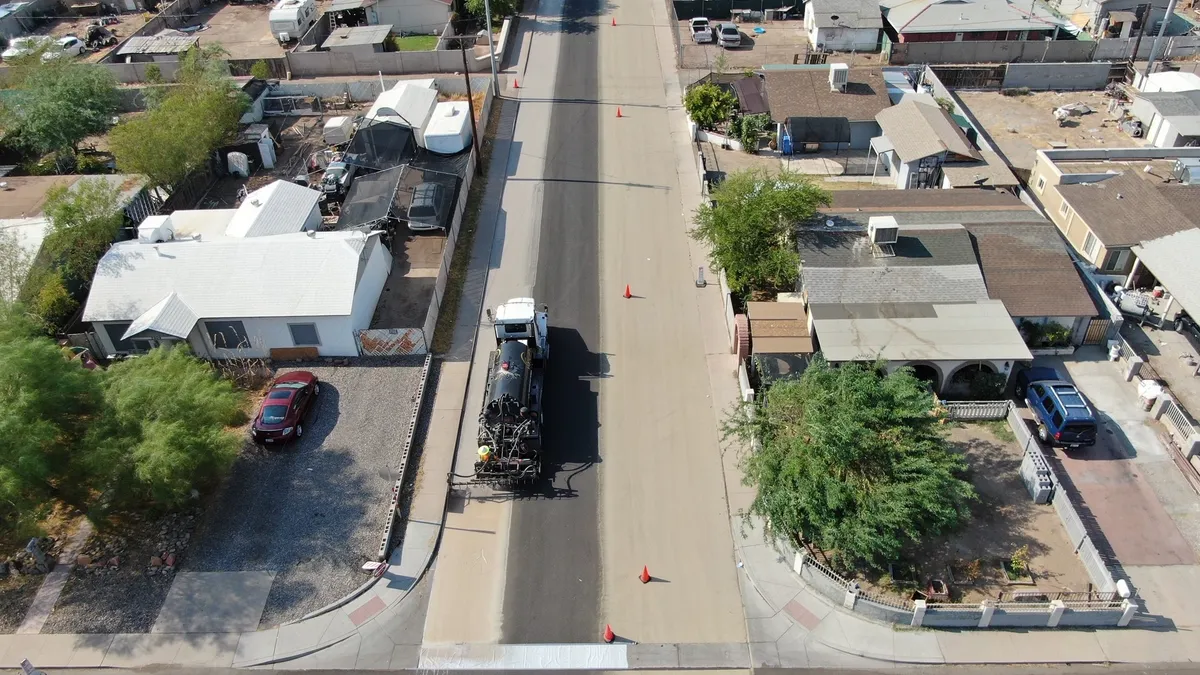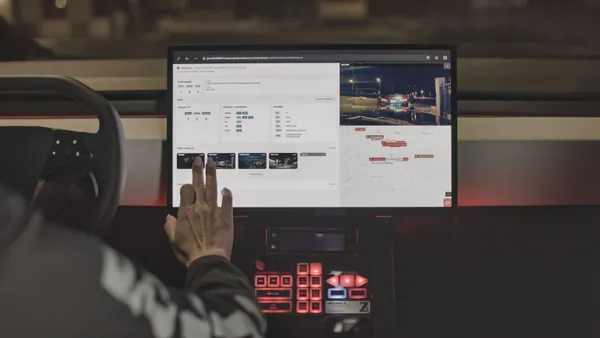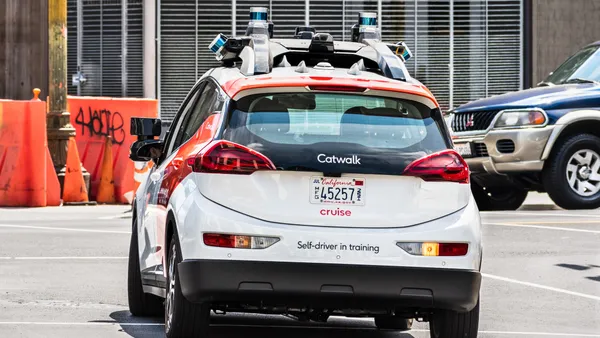Dive Brief:
- Two years ago, D.C.'s Metropolitan Police Department (MPD) spent $5.1 million to outfit about 2,800 officers with body cameras on their collars or shirts. MPD partnered with The Lab @ DC — a team of applied scientists based out of the mayor's office — to gather data from the body cams and compile it into a study.
- Researchers found "no statistical evidence" that the body cams influenced police or citizen behaviors.
- About 2,200 officers participated in the study, with half wearing body cameras and half going without. Participants were tracked for 7 months while researchers recorded outcomes.
Dive Insight:
MPD has more than 3,800 sworn members, making it one of the top 10 police departments in the country in terms of size. With more than 2,200 officers participating in the body cam survey, it presented one of the largest sample sizes to date for a body cam test case. MPD and The Lab @ DC set up a randomized control trial in which officers were randomly chosen to wear a camera or not. Researchers evaluated the following conditions for both groups: use of force, civilian complaints, officer discretion, whether a case was prosecuted and case disposition.
Prior to the trial, it was widely believed that police body cams would accurately document police behaviors with the public, and perhaps even improve relations. A number of police departments across the country quickly adopted the technology following several high-profile officer-involved shooting cases in the past few years. Many departments added body cams without clarifying their ultimate goals, though. For example, were the cameras intended to change police behavior, aid investigations or identify gaps in officer training? Ambiguous goals made it difficult to determine if body cams were achieving what they were supposed to.
The D.C. study stated clear goals: to determine if body cams change officer and civilian behavior. Its conclusions are surprising, even to those within the District's government and police department. However, the results could indicate that officers believe they are acting in accordance with their training in most situations and therefore don't feel the need to alter behavior just because a camera is rolling. If that is the case, it would be a win for MPD and its training program.
The study's conclusion that body cams do not influence behavior might cause some to question if police departments should even adopt the technology, especially considering the high cost of the devices. But body cams do serve other purposes besides changing behavior. They can provide video evidence for court cases and increase trust between the public and police.
Essentially, body cams shouldn't be considered a silver bullet. Their effects differ based on the conditions and their stated purposes within each municipality. Differences in training within each police department also play a huge role. The D.C. study, for example, suggests that officers there might be well-trained for handling situations that involve force and their behavior therefore doesn't change when a camera is involved. Other departments might find behavior changes if their officers are unsure that they're handling a situation correctly when they know their actions are being recorded. In order for body cameras to be effective, police departments need to clarify the long-term goals for the devices and invest in strong officer training.
The study also shows what can be accomplished by adequately using gathered data. Many organizations and municipalities track data but do not perform deeper analyses to make the information useful. Analyzing a variety of datasets and incorporating the conclusions into decision-making can help municipalities create better policy and better serve the public through improved governance.












